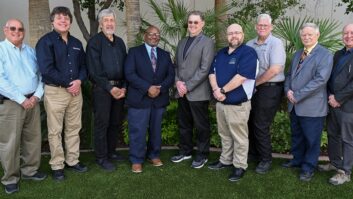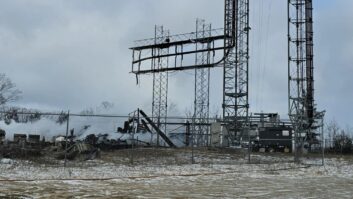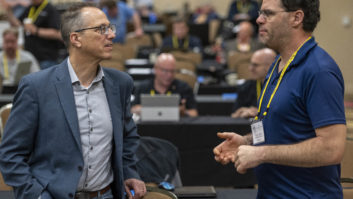In a bid to preserve historically significant U.S. public radio and television programs, the Mellon Foundation recently awarded GBH $16 million to support the American Archive of Public Broadcasting.
AAPB is a joint venture of GBH, a major multiplatform creator in public media based in Boston (and known as WGBH until late 2020) and the Library of Congress.
The archive digitizes, preserves and makes available content that otherwise might be lost due to the degradation of its recording media — or because people just throw stuff in a dumpster.
The AAPB was initiated by the Corporation for Public Broadcasting with a series of pilot projects before granting stewardship to the Library of Congress and GBH in 2013.
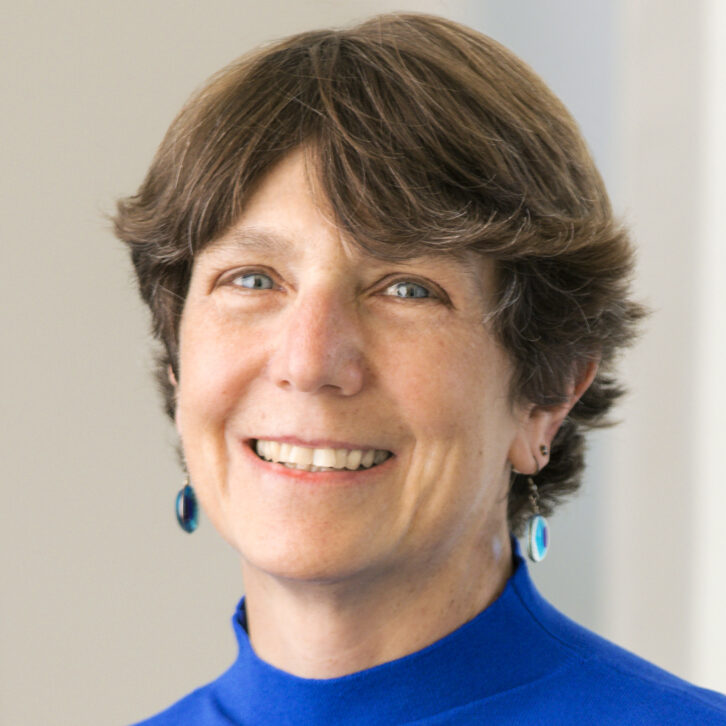
This grant money builds on previous Mellon Foundation support for the AAPB. It is the largest private philanthropic grant that GBH has ever received.
The funding will be used to identify, digitize, catalog and store content suitable for preservation, up to 150,000 items — doubling the size of the AAPB’s collection. It is also intended to help develop open-source digital tools to improve content management, enhance the AAPB’s website and build a culture of content preservation in the public media community.
“This grant will help us find the pockets of material that are deteriorating on obsolete media, that we are at risk of losing forever,” said Karen Cariani, the David O. Ives Executive Director of the GBH Archives and GBH project director for the AAPB.
“The main thrust of the grant is to get that material into a stable digital preservation format and include it in the AAPB archive so it can be more accessible and better known.”
The grant runs for four years, which is why GBH and the Library of Congress feel a sense of urgency to get this project moving. But the time pressure isn’t just about the availability of money.
“We know the audio tape from radio recordings will not last forever, and in some instances we’ve already found degraded material,” said Alan Gevinson, the Library of Congress’ special assistant to the chief of the National Audio-Visual Conservation Center and the AAPB project director at the Library of Congress.
“This is an urgent project that needs to be done now so that this material will survive for future generations.”
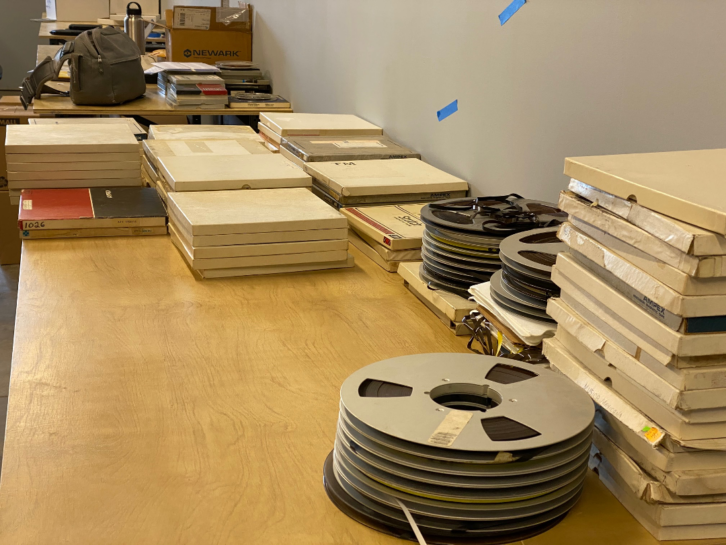
Range of voices
In order to maximize the representative variety and diversity of content being added to the AAPB under this grant, GBH and the LOC are reaching out to public radio and TV stations as well as producers who have created content for them over the years.
Cariani said that includes looking for award-winning material that may have aired once and was never heard of again. “We’re also going to continue to reach out to our community of users for content suggestions, which include scholars, journalists, filmmakers, students, educators and the general public.”
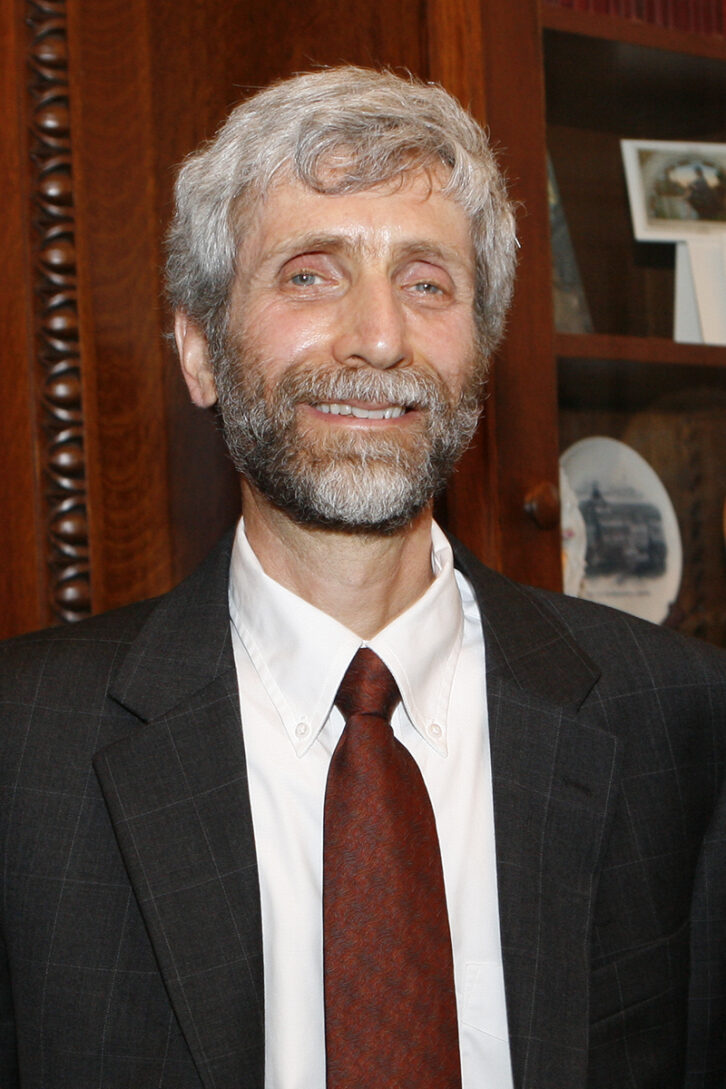
Even now, the content being protected by the AAPB comprises a range of formats. For instance, “we recently received over 8,000 programs from Radio Bilingüe. This is a Spanish-language bilingual public network in the U.S. that goes into Mexico as well and that’s been around since around 1980,” Gevinson said.
“We also have a wonderful series called ‘Focus 580’ from WILL at the University of Illinois Urbana-Champaign, which was a great talk show. Whenever anybody of interest would come to the university to lecture, they would grab ’em and do an interview with them.”
“I want to point out the ‘Woman’ TV series out of Buffalo, New York,” said Cariani. “Its producer had heard about the AAPB and had been dying to get this talk show series that she had done in the 1970s on WNED in Buffalo out there again. She worked with us and the station, and we saved the entire series. It’s about women’s issues from the 1970s, and she’s got journalists and writers and scholars and activists speaking on the show. It’s really quite wonderful.
“On public radio, one of my favorites is ‘KEXP Live Performances,’” she added. “KEXP is a public radio station in Seattle and they have about 2,000 recordings of live music from the 1990s to the 2000s.”
Time and technology
Finding significant public media content for the AAPB is the first step in the preservation process. The second is to have that content digitized by third-party providers, because to play the content for digital capture, they have to use obsolete audio gear including 1/4-inch audio reel-to-reel, cassette and DAT tape machines as well as Betacam 1/2-inch and U-Matic 3/4-inch cassettes and 1- and 2-inch video tape machines.
“We’re using a vendor to do this digitization in bulk, which makes it significantly cheaper and faster,” said Cariani. “Right now, they are actually out scouring the internet looking for used decks everywhere. If they can’t buy them on eBay, they’ll buy them on Craigslist.”
Meanwhile, many of the playback heads on the AAPB vendor’s stock of tape machines are wearing out, and new ones are also hard to find. So are technicians who know how to run this equipment, as baby boomers retire.
“This is why we’ve developed a fellowship program to train future archivists how to use some of this obsolete equipment,” Cariani told Radio World. “In the process of doing that, we are providing universities with the actual equipment. Unfortunately, we are finding it extremely difficult to obtain this older equipment. Doing so is as much of a challenge as tapes disintegrating.”
Stations are encouraged to contact AAPB with information about tapes and materials in their collections in need of preservation. Email [email protected].
The clock is ticking on saving the best of analog-recorded U.S. public radio and TV content (and their commercial equivalents, for that matter).
Public stations and producers who do donate content to the AAPB should also “keep the originals for as long as possible, because you never know,” said Cariani. “The original recorded content is obviously always going to be the best copy until it’s unplayable. Of course, a lot of public media stations are short on space, so once the material’s been digitized, they want the storage room that housed those tapes back for something else, so often the tapes get destroyed. But we encourage people not to do that.”
The author wrote recently about the Sangean MMR-99 radio.







